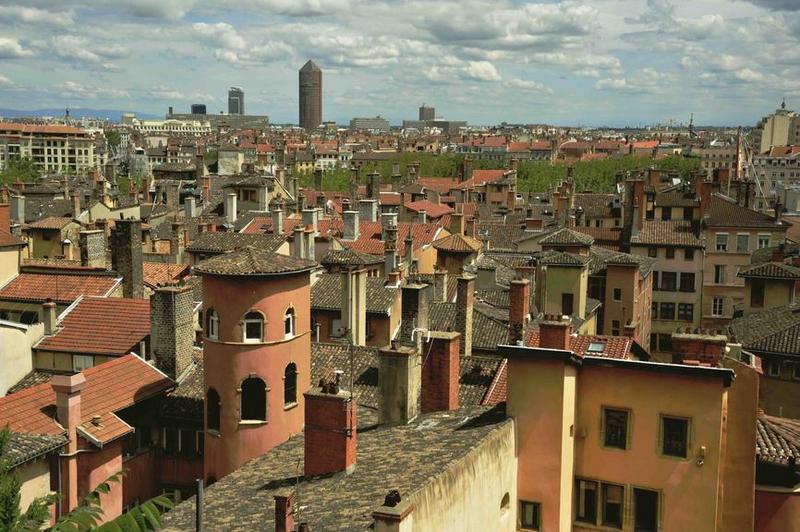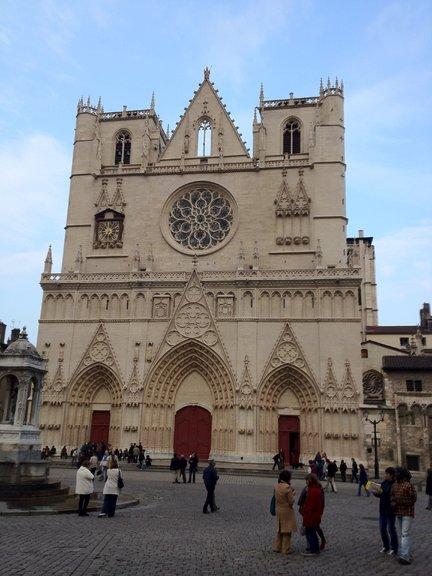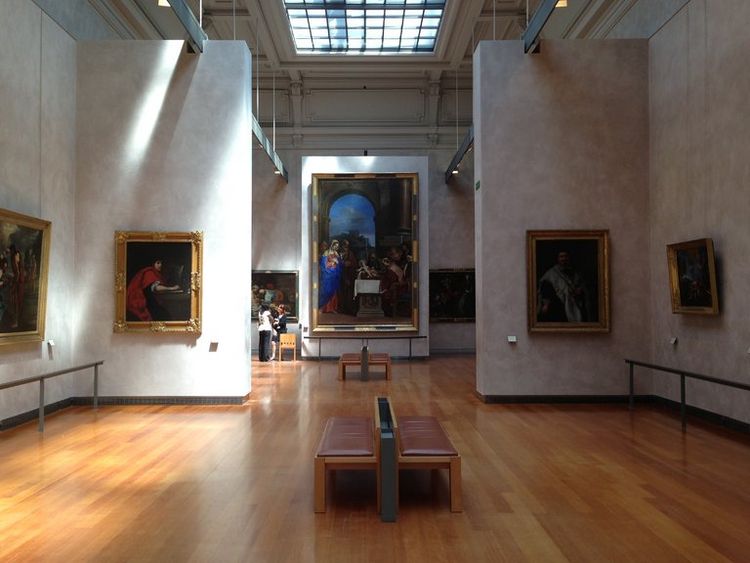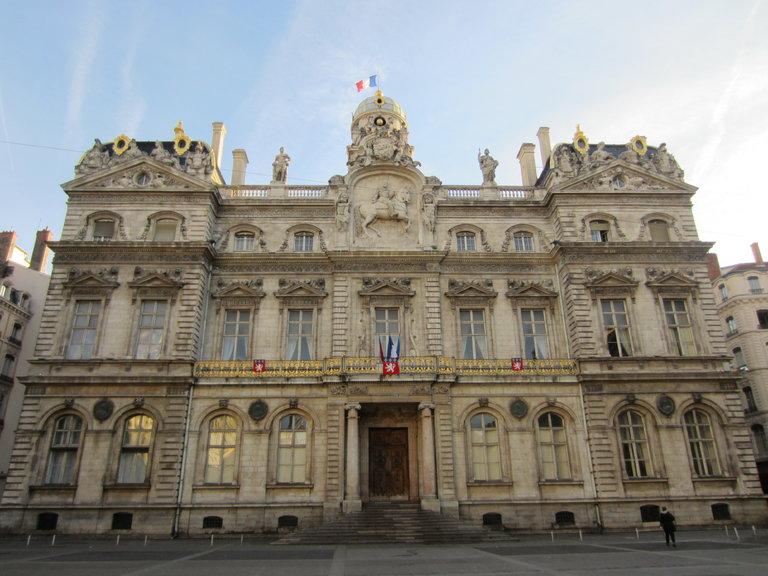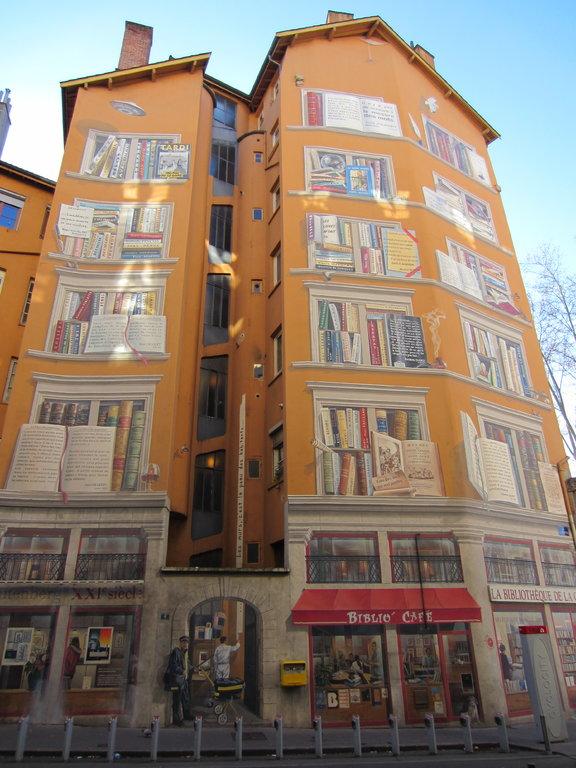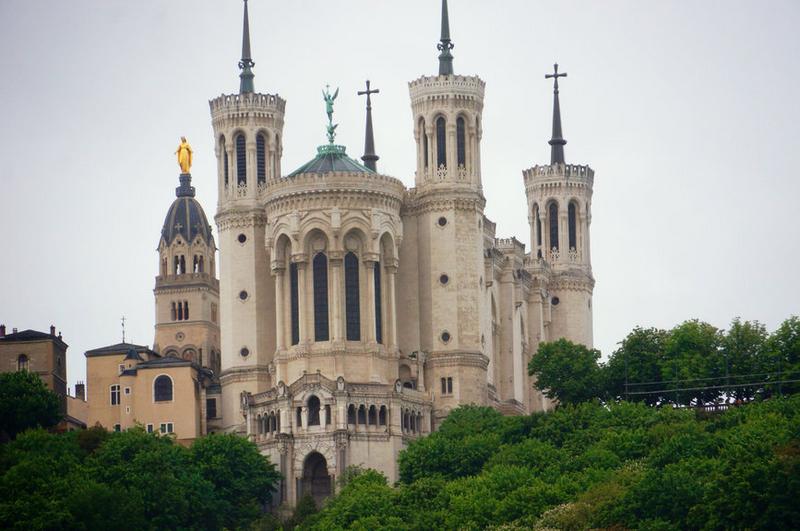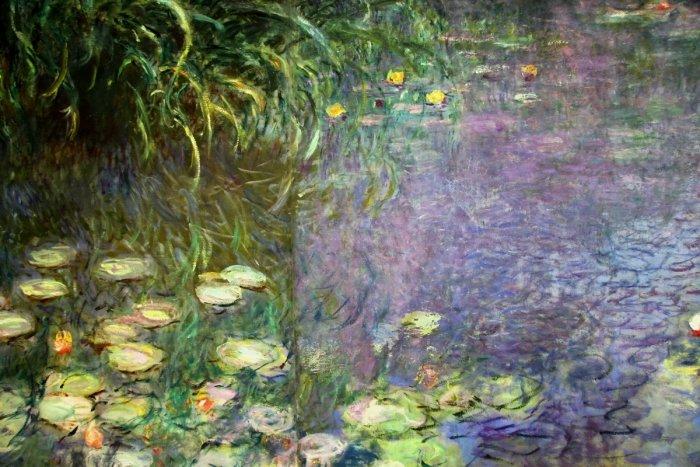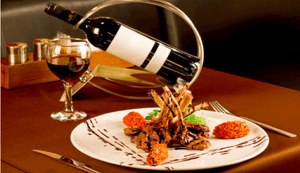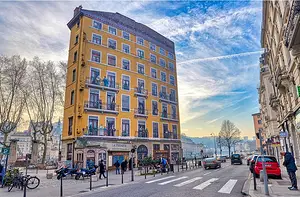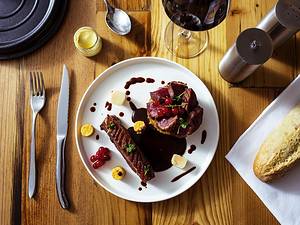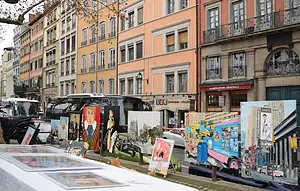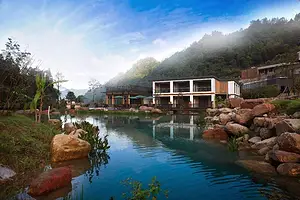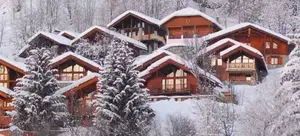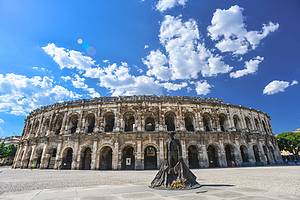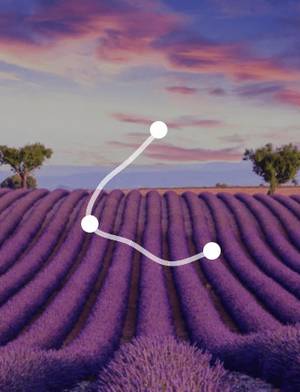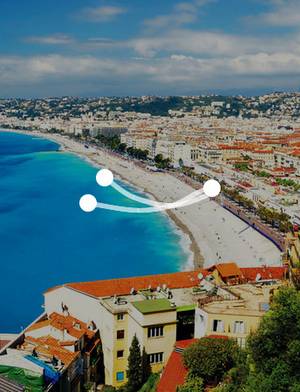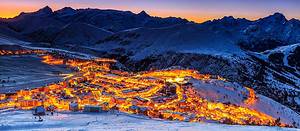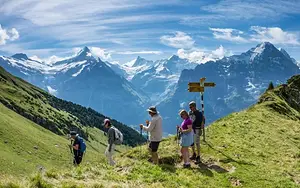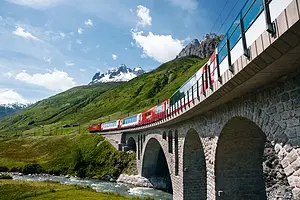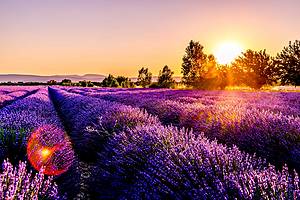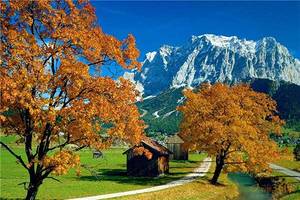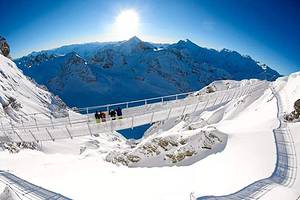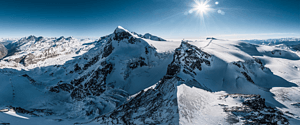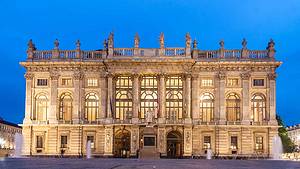Paris-Lyon 3-Day Cultural Trip
2 cities |
16 attraction(s) |
total distance 22
km
 TIPS
TIPS
Day1
Day2
Day3
Day1: Paris
5 attraction(s) ·
8 km
1
The Louvre Museum, the former residence of the French kings, is one of the largest museums in the world. It is divided into eight departments: Oriental Antiquities, Egyptian Antiquities, Greek and Roman Antiquities, Paintings, Sculptures, Art Objects, Islamic Art, and Medieval to 1848. The Louvre was originally a fortress in the late 12th century and was later converted into a royal palace by King Francis I. It has a rich collection of art treasures, including famous Italian paintings. After the French Revolution, it was opened as a museum and has been expanded multiple times, especially during the reigns of Napoleon and Napoleon III. The Louvre is famous for its glass pyramid, designed by Chinese architect I.M. Pei in the 1980s. It houses a vast collection of artworks from different cultures and periods before 1848, including ancient Egyptian, Near Eastern, and Middle Eastern civilizations, ancient Greek and Roman civilizations, Islamic art, and works from the Middle Ages to the mid-19th century. With over 400,000 items in its collection, only about 40,000 are on display. It is recommended to plan your visit based on your preferences, with highlights including the Italian and French painting galleries, the Ancient Egypt section, the Greek and Roman art section, and the Napoleonic apartments.
3
km
2
Tuileries Garden is located between the Louvre Museum and the Champs-Élysées, which is the heart of Paris and has a unique location. It used to be a tile factory, hence the name.
Initially, Tuileries Garden was an Italian-style garden, but later it was transformed by designer Lenôtre into a typical French garden.
The Tuileries Palace in the garden was always the royal sleeping palace, but it was destroyed during the French Revolution in 1880.
In 2005, Tuileries Garden became part of the Louvre Museum with the connection of its left and right sides, and it became an open courtyard. It is parallel to the Rue de Rivoli, with a large pond and outdoor cafes in front of it. The Musée du Jeu de Paume (museum of the game of palm) is located in the northwest corner of the royal garden, which was added by Napoleon III in 1861 for indoor tennis playing but now serves a different purpose. It is also in harmony with the Musée de l'Orangerie in another corner of the garden.
2
km
3
Place de la Concorde is a large square in the heart of Paris, France, with an area of approximately 84,000 square meters. In the center of the square stands a massive Egyptian obelisk adorned with hieroglyphs praising the rule of Pharaoh Ramses II. The obelisk was originally erected at the entrance of the Luxor Temple and was gifted to France by Muhammad Ali, the Ottoman governor of Egypt, in 1829. It arrived in Paris on December 21, 1833, and was erected in the center of Place de la Concorde by King Louis-Philippe on October 25, 1836. The original apex was missing, so in 1998, the French government added a golden pyramid-shaped apex to the obelisk.
1
km
4
Pont Alexandre III was built in 1897 and is an arch bridge spanning the Seine River in Paris, France. It connects the Champs-Élysées district on the right bank with the Invalides and Eiffel Tower area on the left bank. The bridge is named after Tsar Alexander III of Russia and was built to commemorate the Franco-Russian Alliance formed in the late 19th century. It is adorned with numerous exquisite sculptures and is illuminated by yellow lights at night. Pont Alexandre III has appeared in various Paris postcards, films, and music videos, such as Adele's "Someone Like You."
3
km
5
The Seine River is the second largest river in France, flowing through the center of Paris. It is 780 kilometers long and has a drainage area of 78,000 square kilometers. The river is constrained by artificial stone embankments in the central section of Paris, which were inscribed on the UNESCO World Heritage List in 1991. The French refer to the north bank of the Seine as the "right bank" and the south bank as the "left bank".
The Seine River in Paris is known for its numerous bridges, with the most magnificent being the Alexander III Bridge, which was a gift from Tsar Nicholas II of Russia and named after his father. Many important cultural and historical landmarks in France are located along the banks of the Seine, such as the Louvre Museum, Les Invalides, the Pantheon, the Orsay Museum, the Palace of Versailles, the Eiffel Tower, and the Arc de Triomphe. The Seine River has also nurtured many world-renowned cultural figures and is considered the mother river of Paris, a city known for its rich cultural heritage.
Day2: Lyon
6 attraction(s) ·
5 km
1
The western bank of the Saone River, known as La Saone, is the area of the old town where the 15th to 17th-century architecture is preserved. Take a stroll along the cobblestone streets to experience the old cityscape. The center of the old town is the Saint-Jean Cathedral, built in the 12th century. A recommended walking route starts from the cathedral and goes all the way to the north, passing by the Saint-Paul Church.
1
km
2
The Lyon Cathedral, built in 1170, is a perfect blend of medieval and Gothic styles. One must not miss the 15th-century astronomical clock inside the cathedral, which chimes punctually at noon, 2pm, 3pm, and 4pm, accompanied by a performance of little figures. The cathedral is located in the Old Town (Vieux Lyon), at the foot of the Fourvière Hill, where architectural masterpieces from the European Renaissance period can be found, such as the Saint-Georges Church, Saint-Jean Church, and Saint-Paul Church. The pedestrian streets of the old quarter are also a must-visit.
2
km
3
The Louvre Museum is one of the most important art museums in France, mainly collecting paintings from the 19th and 20th centuries, including works by Gauguin, Cézanne, Picasso, and Dufy.
1
km
4
The municipal government of Lyon is a classic work of 17th-century architecture. On the western side of the square is a fountain, designed by the same designer of the Statue of Liberty. On the eastern side, there is the modern Lyon Opera House, which is a great place for people to relax and unwind.
1
km
5
The Lyon mural features 24 historical figures from Lyon, including the Lumière brothers and the "Little Prince" and its author. The bottom layer of the mural depicts six contemporary ordinary residents of Lyon.
2
km
6
Fourvière Hill is the cradle of Lyon and the birthplace of Christianity in Lyon, so it is also called the Prayer Hill. The Festival of Lights in Lyon is closely related to this hill. Here, there is a Baroque-style Basilica built in the 19th century, as well as Roman arenas from ancient times and the Gallo-Roman Museum. Standing on the hill, you can overlook the entire city, and the tallest building is called the Pencil Tower by locals. The opposite hill is the Croix-Rousse district, a slope where textile workers used to gather, also known as the Textile Hill. From here, you can also see the peninsula and districts sandwiched between the two rivers, which is also a great place to enjoy the night view.
Day3: Paris
5 attraction(s) ·
10 km
1
The beautiful building with a large clock across the Seine River from the Tuileries Garden in front of the Louvre is the former southwest train station of Paris, which was transformed into a museum with the largest collection of Impressionist art in the world in 1986. The Musée d'Orsay, one of the three major museums in Paris, mainly collects art treasures from 1848 to 1912 (for items before 1848, it is recommended to visit the Louvre, and for art after 1912, it is recommended to visit the Pompidou Center). Some must-see masterpieces here are Vincent van Gogh's "Self-Portrait" and "The Church at Auvers", Claude Monet's "Impression, Sunrise" and "Woman with a Parasol", Jean-François Millet's "The Gleaners", Edouard Manet's "Luncheon on the Grass", Paul Cézanne's "Still Life", and numerous fine works by Pierre-Auguste Renoir, Paul Gauguin, and Pablo Picasso.
2
km
2
Musée de l'Orangerie is a small but extraordinary museum located by the Seine River, right next to Place de la Concorde. Originally a part of the former Tuileries Palace, it now houses a portion of the palace converted into a museum. The main attraction is the masterpiece series "Water Lilies" by Claude Monet, along with other works by renowned artists such as Picasso, Cézanne, Renoir, Matisse, etc. The museum was originally built in 1852 as a greenhouse for orange trees and later transformed into an exhibition space. It was specifically turned into a permanent home for Monet's "Water Lilies" at his request. The Musée de l'Orangerie underwent renovations in the 1960s and continues to host temporary exhibitions alongside the iconic "Water Lilies" series.
3
km
3
The Champs-Élysées is a famous avenue in Paris, located in the 8th arrondissement. It is considered to be the most beautiful street in Paris. The avenue stretches from the Arc de Triomphe in the west to the Place de la Concorde in the east. It is part of the city's central axis, along with the Arc de Triomphe du Carrousel. The avenue is often crowded and features luxury brands such as Cartier and Mont Blanc. During holidays, it is decorated with special lights and hosts events like the Bastille Day parade and the final stage of the Tour de France.
2
km
4
The full name of the Arc de Triomphe, located in the center of Place Charles-de-Gaule in Paris, is "Arc de Triomphe de l'Étoile". It was built in 1806 to celebrate a major victory in the "Battle of Austerlitz". Despite Napoleon laying the first stone, he did not live to see its completion. The French people held a funeral for him under the Arc de Triomphe 20 years after his death.
Beneath the Arc de Triomphe, there is an unknown soldier's tomb and an eternal flame in memory of the 1.5 million French soldiers who sacrificed themselves in World War I. On major holidays, a large French flag is hung on top of the Arc de Triomphe, and commemorative activities take place, such as on the anniversary of World War II on May 8th and on Armistice Day on November 11th.
The Bastille Day military parade, held every year on July 14th, starts from the Arc de Triomphe and continues to Place de la Concorde. If you want a good spot, you need to arrive early. During New Year's, the Arc de Triomphe is also a central gathering point, with a large crowd, although there are no fireworks in Paris on New Year's Eve.
The Arc de Triomphe is surrounded by twelve major avenues, with the famous Champs-Élysées, which connects to Place de la Concorde and faces the Louvre Museum, being one of them. This nearly 2-kilometer long avenue is considered one of the most beautiful streets in the world.
3
km
5
The Eiffel Tower, built in 1889, was originally constructed to welcome the World Exposition and commemorate the 100th anniversary of the French Revolution. Standing at a total height of 324 meters, it symbolized the industrial revolution that swept the world at that time. However, after its completion, it faced skepticism from many French people. Its massive steel structure seemed out of place in the entire city of Paris, and some even proposed demolishing it. However, today it has become an undisputed symbol of Paris and France.
Visitors can take the elevator or climb the stairs to the tower to overlook the entire city of Paris (stairs only go up to the second floor). From dusk to dawn after the turn of the millennium (2:00 in summer, 1:00 in winter), the tower sparkles for ten minutes on the hour. During special holiday events, it may have special colors, such as flashing red during the Chinese New Year or blue on European Union Day. On July 14th, the National Day, visitors can enjoy concerts on the Champ de Mars, the square beneath the tower, and it is also a great spot for New Year's countdown.
There are two restaurants on the tower, Tour Eiffel 58 on the first floor and Jules Verne, a Michelin one-star restaurant, on the second floor. The advantage of dining on the tower is that the restaurants can assist with reservations or provide tickets to go up the tower, eliminating the need to queue below. As for these two restaurants, Tour Eiffel 58 offers lunch starting from 19 Euros (mainly sandwiches), and dinner starting from 80 Euros, like a regular restaurant with a significant service charge. On the other hand, Jules Verne, now with only one Michelin star and overseen by chef Alain Ducasse, offers lunch starting from 90 Euros and dinner starting from around 300 Euros per person. If not for the experience of the environment, the author suggests exploring other three-star Michelin restaurants at a similar price but with better food. However, due to their special location, it is not easy to dine there, and it is best to make reservations at least two months in advance during peak season.





